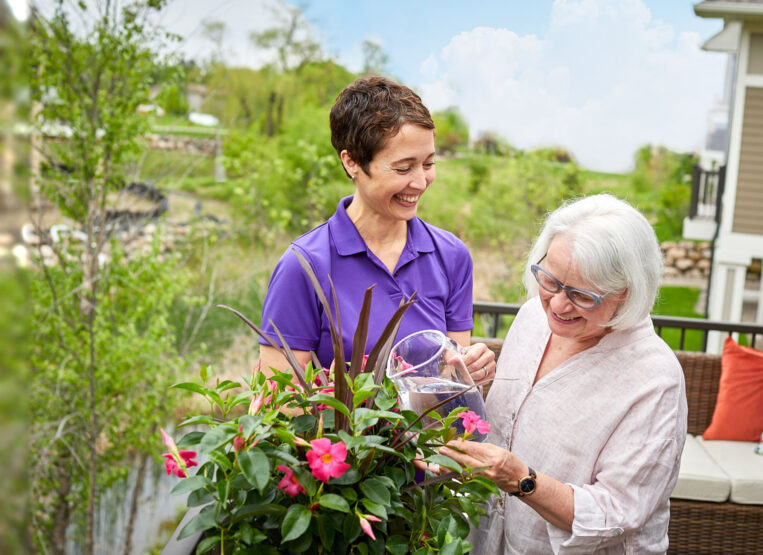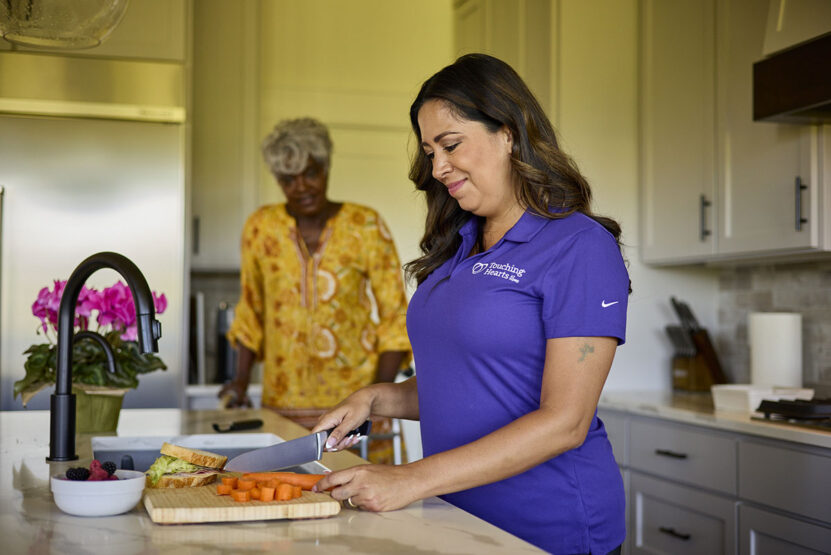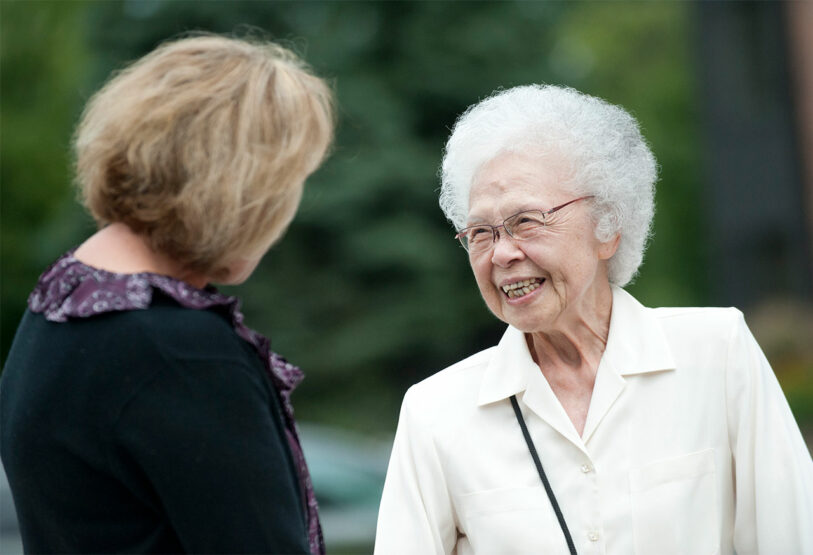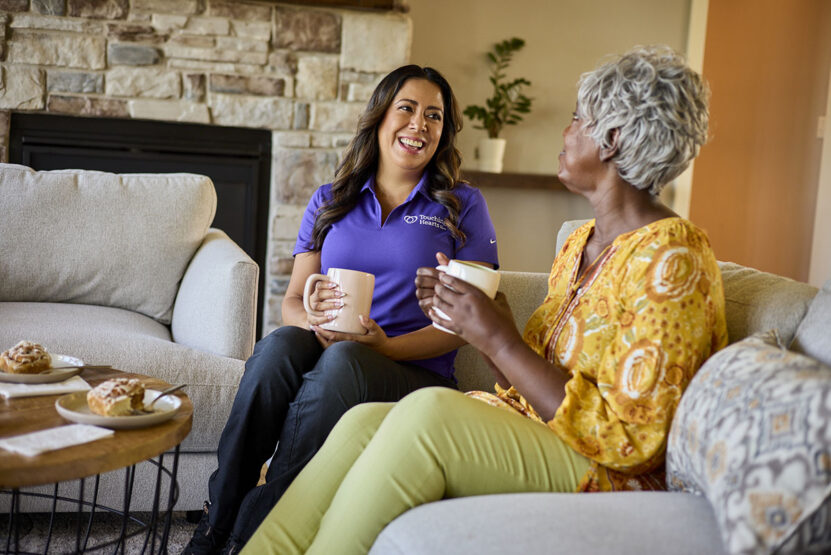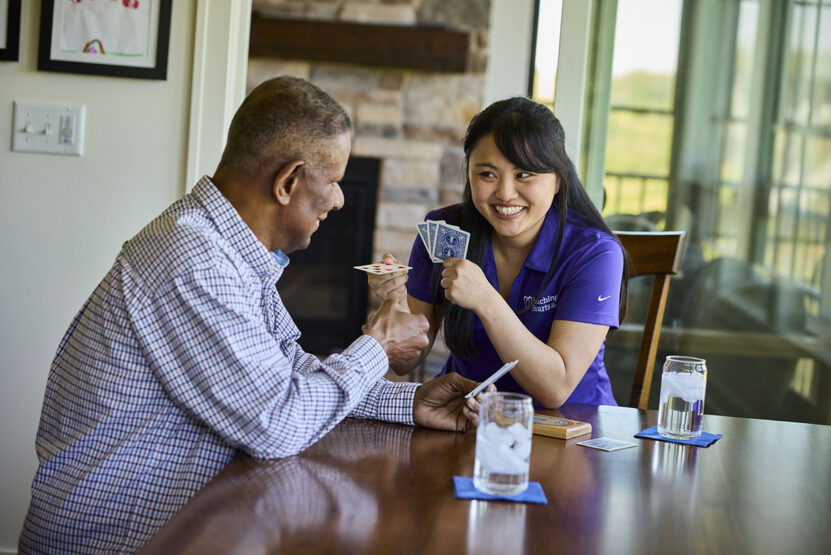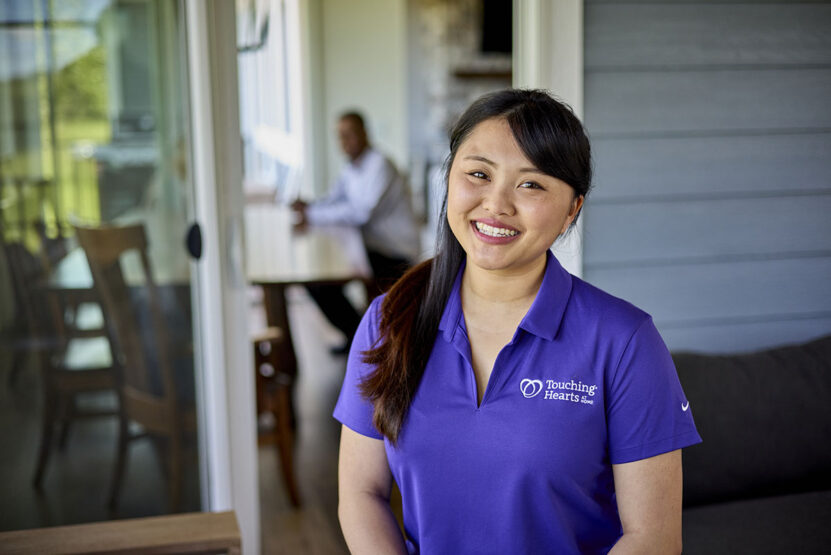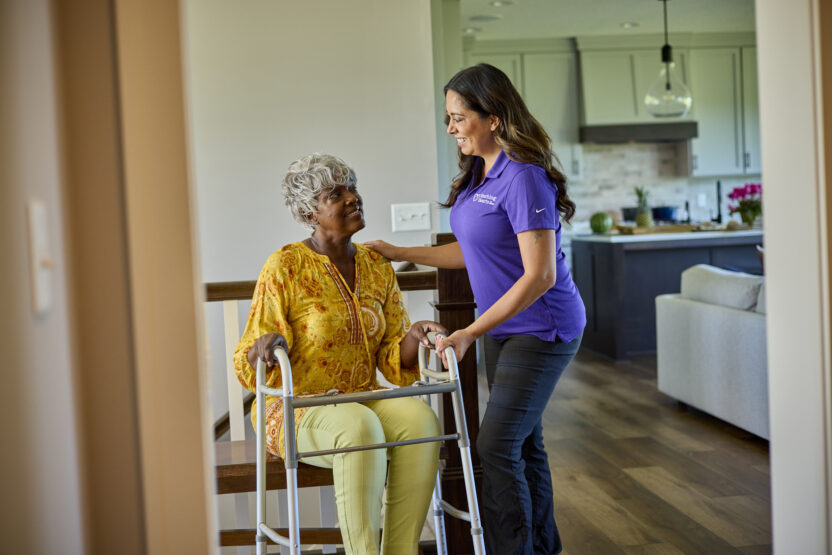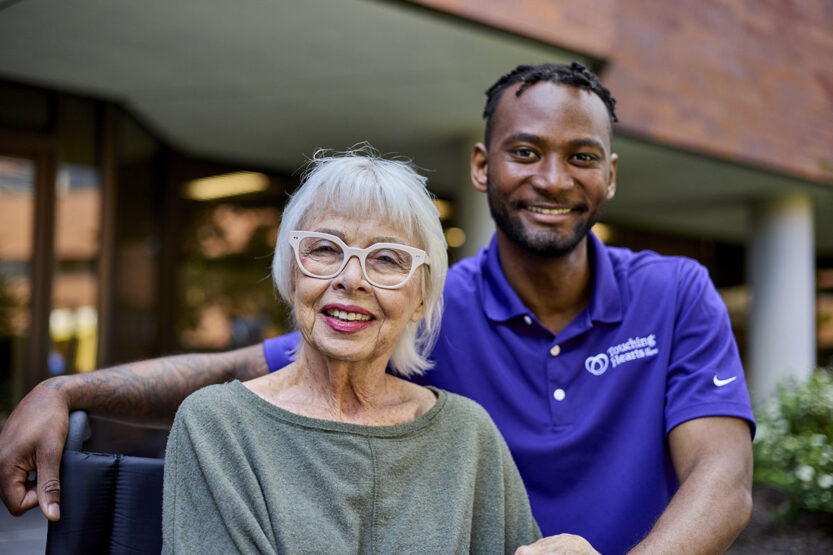Addressing Loneliness in Seniors: Solutions That Work
Loneliness in seniors is an issue that has gained increased attention, especially in the aftermath of the COVID-19 pandemic. For many older adults, isolation and loneliness have become even more pronounced, as social interactions were limited during lockdowns and some have yet to fully regain their social networks. This growing issue affects not only the emotional well-being of seniors but also their mental and physical health, making it crucial for families, caregivers, and communities to find solutions to combat senior isolation.
In this blog, we’ll explore practical ways to address loneliness in seniors and offer solutions that can make a significant difference in their lives.
Understanding Loneliness in Seniors
Loneliness is more than just a feeling of being alone; it’s the distress that arises when an individual feels that their social connections are inadequate. Seniors are particularly vulnerable to loneliness for several reasons:
- Loss of Loved Ones: The death of a spouse, friends, or family members can leave seniors with fewer people to socialize with.
- Health Issues: Chronic health conditions or mobility problems can limit a senior’s ability to leave their home and engage in social activities.
- Living Alone: Many seniors live alone, and without regular social interaction, they can easily slip into isolation.
- Changes in Social Roles: Retirement, the loss of a role as a caregiver, or moving away from family members can contribute to feelings of disconnection.
Long-term loneliness can lead to serious health consequences, such as depression, anxiety, increased risk of dementia, and even higher mortality rates. That’s why it’s important for families, caregivers, and communities to find practical solutions that help seniors feel connected, valued, and engaged.
Practical Solutions for Combating Senior Isolation
Here are some effective strategies to help address loneliness in seniors:
- Regular Social Visits and Phone Calls
For seniors living alone, regular social interaction is crucial. Family members, friends, and caregivers should make a habit of checking in frequently, whether through in-person visits or phone calls. Even a brief conversation can provide companionship and help reduce feelings of loneliness. Caregivers can also consider scheduling visits with a companion caregiver, so seniors have a consistent person to engage with. - Encourage Participation in Social Groups and Activities
Finding local groups or activities that match a senior’s interests is a great way to combat isolation. Many senior centers, community organizations, and even libraries offer social clubs, exercise classes, or hobby groups designed for older adults. Some seniors may enjoy book clubs, crafting groups, or fitness classes. Getting involved in such activities provides opportunities for meaningful socialization and mental stimulation. - Technology for Connection
Technology can bridge the gap for seniors who are unable to physically meet with others. Video calls through platforms like Zoom or Skype allow family members to have face-to-face conversations, while social media platforms, messaging apps, and online forums can help seniors connect with old friends and meet new people. Caregivers can help seniors set up and navigate these technologies, ensuring they feel confident using them to stay connected. - Pets for Companionship
Pets can be a source of great companionship for seniors. Having a dog or cat can reduce feelings of loneliness, provide comfort, and even encourage physical activity. For seniors with mobility issues, smaller pets like fish, birds, or rabbits can also be engaging without requiring too much care. In some cases, pet therapy programs that bring trained therapy animals to visit seniors can also be beneficial. - Encourage Volunteering
Engaging in volunteer work can be a great way for seniors to feel connected to their community while also making a positive impact. Whether it’s volunteering at a local food bank, helping at a library, or providing companionship to other seniors, volunteer opportunities provide seniors with a sense of purpose and fulfillment. Additionally, it can be an opportunity for them to meet others and form new relationships. - Support Groups for Mental Health
Many seniors struggle with emotional issues, such as grief, depression, or anxiety, which can contribute to feelings of isolation. Support groups for seniors, whether in-person or online, can help individuals share their experiences and receive emotional support from others who understand their challenges. Caregivers can help seniors find local or online support groups for mental health, grief counseling, or chronic illness. - Intergenerational Programs
Bringing seniors and younger generations together can be an effective way to reduce loneliness and increase engagement. Intergenerational programs, where seniors can spend time with children or young adults, not only help foster connections across age groups but also allow seniors to feel needed and valued. These programs could include reading to children, mentoring, or participating in community events. These interactions can improve mental health and increase the overall well-being of seniors. - Exercise and Physical Activity
Physical activity has been shown to improve mental health, reduce stress, and alleviate feelings of loneliness. Encouraging seniors to participate in physical activities—whether it’s a daily walk, stretching exercises, or low-impact aerobics—can help boost mood and increase opportunities for socialization. Many senior communities offer exercise classes that are designed to be safe and engaging for older adults. Physical activity, paired with social interaction, is a powerful tool for reducing isolation. - Create a Comfortable and Engaging Living Environment
Making a senior’s home feel welcoming and engaging can go a long way in reducing feelings of loneliness. Encourage the use of personal items like family photos, artwork, and decorations that remind seniors of their connections with others. Additionally, providing books, puzzles, and games can help keep the mind engaged, and soft lighting and cozy spaces can create a more inviting atmosphere. - Professional In-Home Care Services
Sometimes, seniors may need extra support to combat loneliness, especially if they are dealing with mobility issues, health problems, or cognitive decline. Professional in-home care services, like those offered by Touching Hearts at Home, provide seniors with a dedicated caregiver who can assist with daily activities while also offering companionship and emotional support. This personalized care not only addresses physical needs but also helps reduce isolation, ensuring that seniors feel connected and cared for.
Creating a Community of Support
Loneliness in seniors is a significant challenge, but with the right support, it’s a challenge that can be overcome. By combining social, emotional, and physical well-being strategies, families, caregivers, and communities can make a real difference in the lives of aging adults.
Whether it’s through regular visits, using technology to stay connected, encouraging participation in social activities, or providing professional care, there are many ways to ensure that seniors don’t have to face isolation alone. Taking small, consistent steps to address loneliness can have a big impact on a senior’s mental health, overall quality of life, and sense of connection to others.
Find the closest Touching Hearts at Home location to you to learn how we can assist your family with senior care needs and provide companionship and support to your loved ones.
Disclaimer:
Touching Hearts at Home is a non-medical home care provider. The information provided in this blog is not intended to replace medical advice. Always consult with your doctor or a healthcare professional before making any decisions regarding your loved one’s health or care needs.

